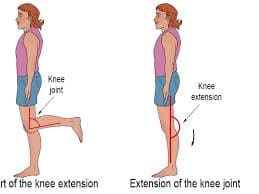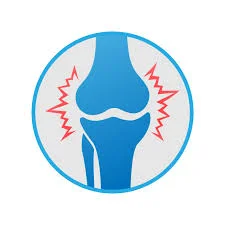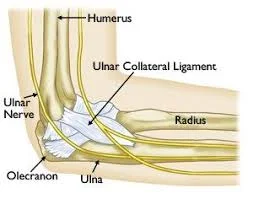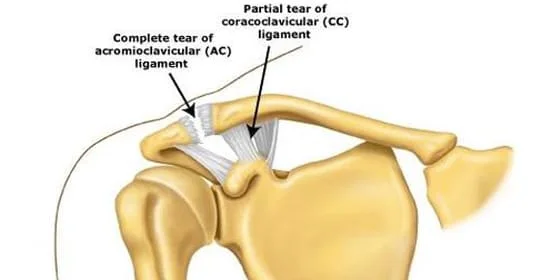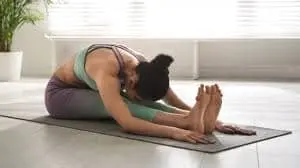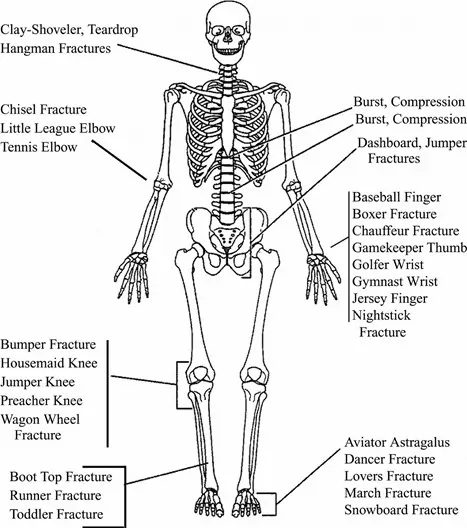Medial Collateral Ligament (MCL)
Introduction The Medial Collateral Ligament (MCL) is a band of tissue located on the inner side of the knee, connecting the femur (thigh bone) to the tibia (shin bone). It provides stability by preventing excessive inward movement of the knee joint. MCL injuries can range from minor sprains to full tears and can be caused…


